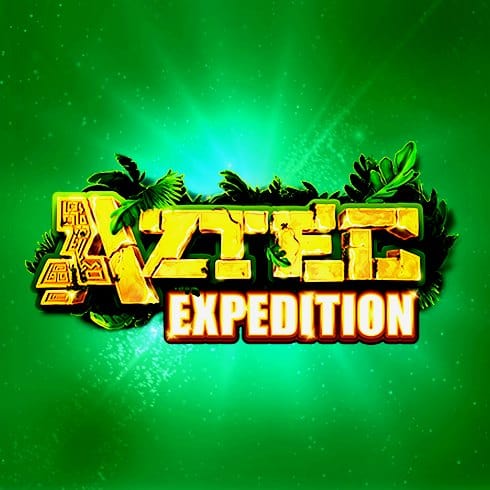These figures, along with their intricate relationships, help paint a more comprehensive picture of the Aztec Expedition. They exemplify how individual choices can shape historical events, leaving lasting impacts on culture, society, and international relations KUBET game
Cultural Implications of the Aztec Expedition
The Aztec Expedition is not just a tale of conquest; it is a story of cultural collision and transformation. The interactions between the Spanish and the Aztecs led to profound changes on both sides, reshaping identities, beliefs, and social structures.
The Clash of Civilizations
The arrival of the Spaniards marked the beginning of a catastrophic clash of civilizations. The Aztecs, with their intricate societal frameworks, confronted a foreign ideology steeped in conquest and conversion.
Spanish colonization efforts brought not only military might but also new diseases, such as smallpox, which devastated the indigenous population. The Aztecs had no immunity to these foreign illnesses, leading to widespread death and suffering. This demographic collapse drastically altered the power dynamics and weakened resistance against the invaders.
Additionally, the ideological differences between the two cultures became evident. The Spaniards viewed their Christian faith as superior, leading to attempts to eradicate indigenous beliefs. The imposition of Catholicism often involved the destruction of temples and sacred sites, symbolizing the erasure of an entire worldview.
Language and Communication
The Aztec Expedition also instigated shifts in language and communication patterns. The encounter between the Spanish and the Nahuatl-speaking Aztecs fostered linguistic exchanges that continue to this day.
Languages serve as vessels of culture, and the melding of Spanish and indigenous languages created unique dialects. Words from Nahuatl, such as “tomato,” “chocolate,” and “avocado,” entered the Spanish lexicon, demonstrating the culinary and agricultural contributions of the Aztecs.
Moreover, the process of translating concepts, ideas, and beliefs unveiled the richness of both cultures. La Malinche’s role as an interpreter highlights the importance of communication in bridging divides, even amidst conflict. Her ability to navigate conversations allowed for moments of negotiation, albeit fleeting.
The Enduring Legacy
The ramifications of the Aztec Expedition extend far beyond its immediate effects. The blending of cultures initiated a new era of syncretism, particularly seen in art, religion, and social practices.
Artistic expressions began to incorporate elements from both Spanish and Aztec traditions. The colonial period witnessed the emergence of hybrid styles, with depictions of Christian iconography infused with indigenous motifs. This artistic fusion reflects a complex identity formation that acknowledges both heritage and imposed change.
In terms of religion, the metissage of Catholicism with indigenous beliefs led to unique spiritual practices still observed in modern Mexico. Celebrations such as Día de los Muertos embody this synthesis, honoring ancestral spirits while incorporating Catholic customs.
The lasting legacy of the Aztec Expedition serves as a reminder that history is rarely one-sided. The convergence of cultures, while often fraught with conflict, paved the way for new identities and ways of being that continue to resonate today.
